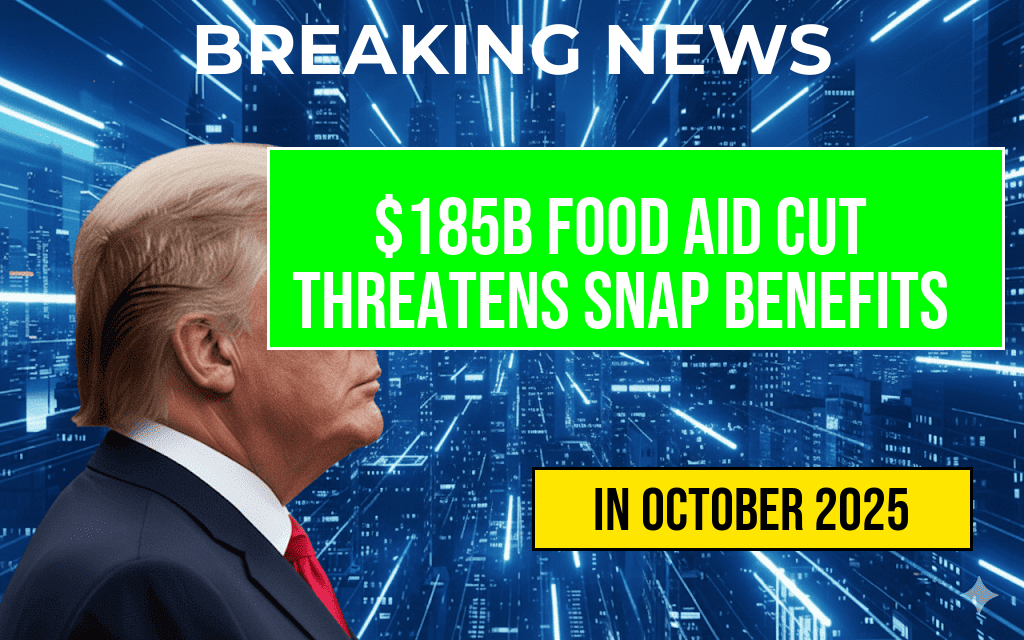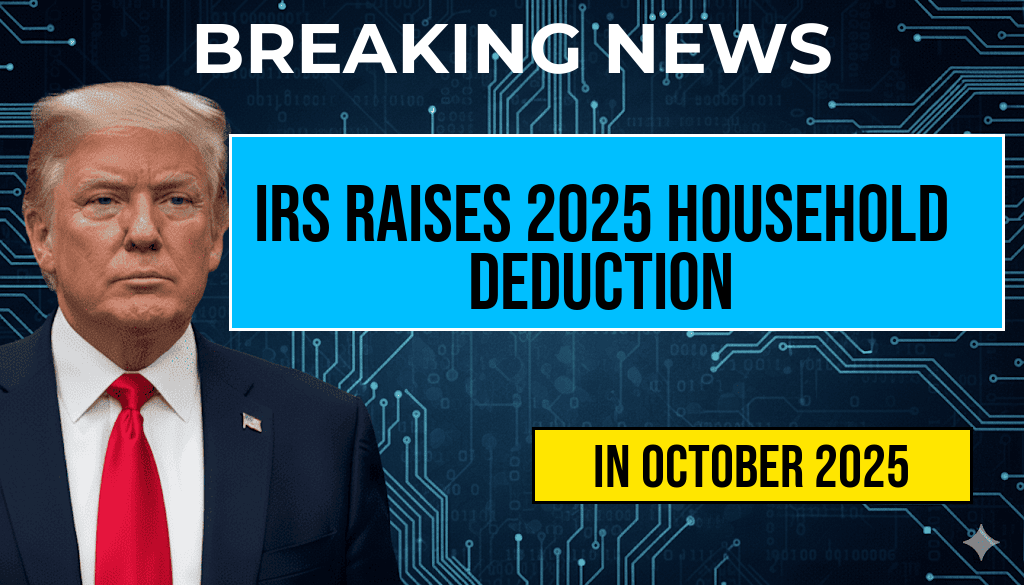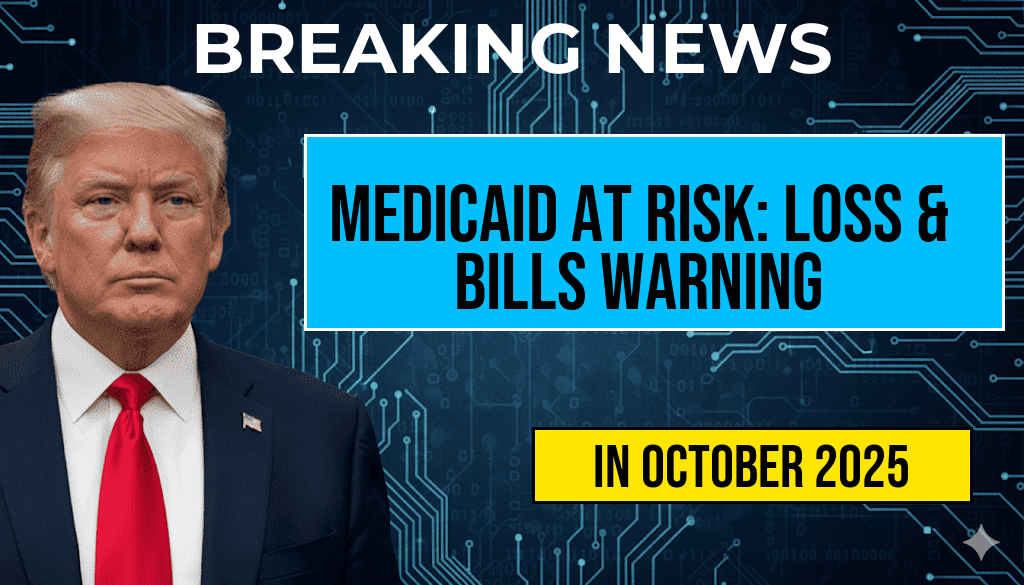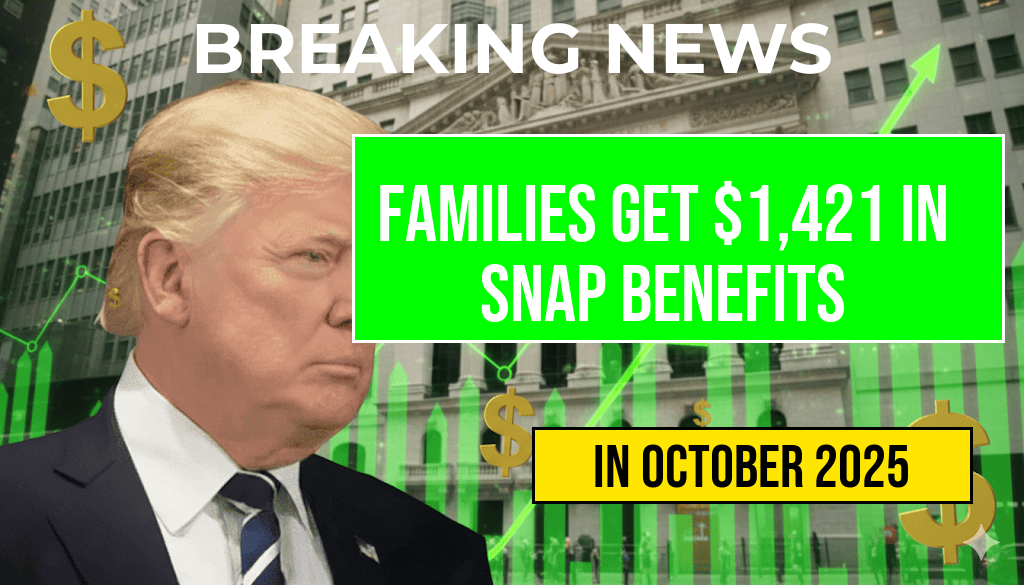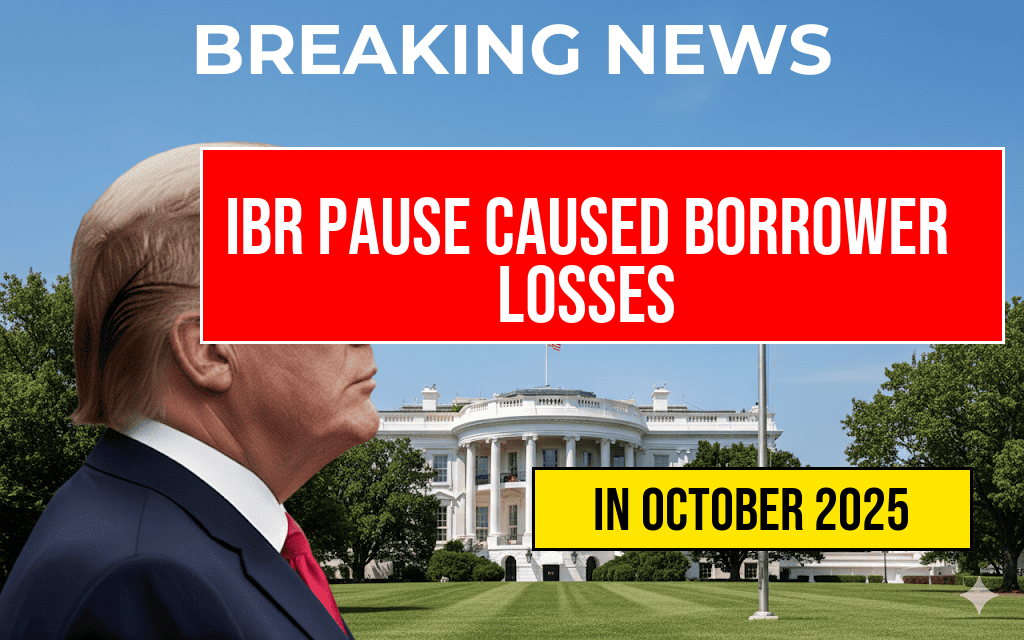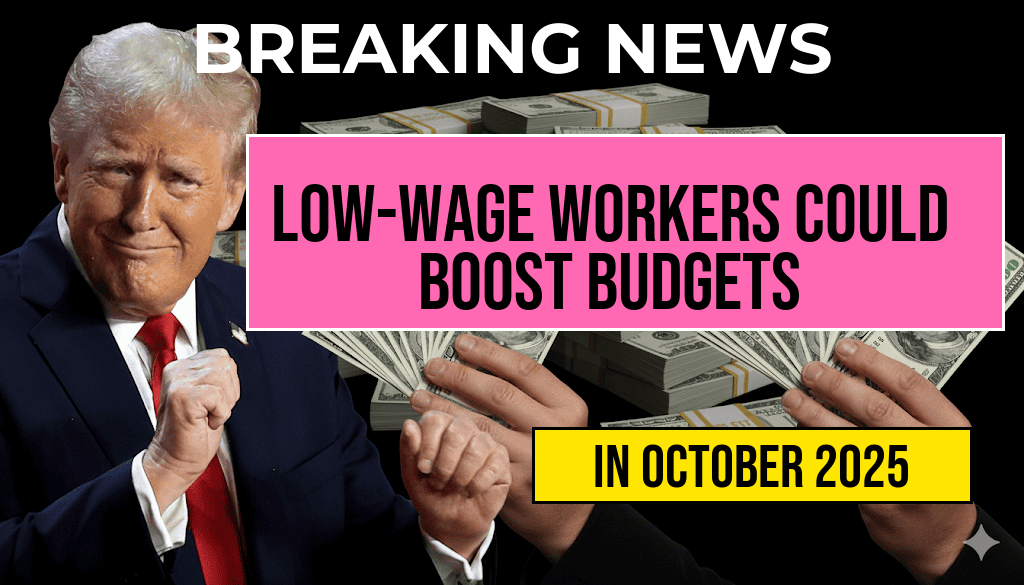Recent federal budget adjustments have sparked concern among millions of Americans relying on the Supplemental Nutrition Assistance Program (SNAP)—commonly known as food stamps—as policymakers approved a significant $185 billion reduction in federal food aid funding over the next decade. This cut threatens to diminish the purchasing power of households already struggling with inflation and rising living costs. For an average two-person household receiving approximately $546 monthly benefits, the decreased funding could translate into a substantial reduction in available food resources. Activists and advocacy groups warn that these changes may deepen food insecurity nationwide, especially among vulnerable populations such as low-income families, seniors, and individuals with disabilities.
Understanding the Scope of the Food Aid Reduction
The recent federal budget agreement, passed by Congress and signed into law in late 2023, earmarks a $185 billion decrease in the projected expenditure for SNAP over the next ten years. While proponents argue that such cuts are necessary to curb government spending and reduce dependency, critics contend that they risk destabilizing the fragile safety net that hundreds of millions of Americans rely on.
How the Cuts Will Impact Benefits
- Projected reduction in average monthly benefits for eligible households
- Potential tightening of eligibility criteria for new applicants
- Decreased support during periods of economic recovery or downturns
According to estimates from the Center on Budget and Policy Priorities, the policy changes could result in an average benefit loss of around $90 per month for participating households. For families already operating on tight budgets, such reductions threaten to push them further into food insecurity.
Impacts on Households and Food Security
For a typical two-person household receiving approximately $546 monthly in SNAP benefits, a reduction of this magnitude can mean less flexibility to buy nutritious food, especially amid rising grocery prices. The Department of Agriculture (USDA) reports that grocery costs have increased by over 10% in the past year, outpacing many household incomes.
Potential Consequences
- Increased reliance on food banks and community aid programs
- Higher rates of food insecurity among children and seniors
- Greater nutritional deficits due to limited food choices
Research from the USDA Food Security Reports indicates that reduced SNAP benefits correspond with spikes in food insecurity rates, which can lead to adverse health outcomes and increased healthcare costs over time.
Policy Debates and Political Divides
Arguments in Favor of the Cuts
- Fiscal responsibility and reducing long-term government debt
- Encouraging employment and self-sufficiency among beneficiaries
Opposing Perspectives
- Risk of increasing hunger and malnutrition among vulnerable populations
- Potential long-term societal costs related to health disparities and educational setbacks
- Concerns over disproportionate impacts on children and elderly populations
Advocacy organizations such as Feeding America warn that further reductions could undo progress made in recent years to combat food insecurity, especially as economic recovery remains uneven across regions.
Looking Ahead: Challenges and Opportunities
| Household Type | Average Monthly Benefit Before Cuts | Estimated Reduction | New Monthly Benefit |
|---|---|---|---|
| Two-Person Household | $546 | $90 | $456 |
| Single Adult | $250 | $50 | $200 |
| Family of Four | $700 | $120 | $580 |
As policymakers grapple with the economic implications of these cuts, some experts advocate for targeted adjustments rather than broad reductions, emphasizing the importance of safeguarding the most vulnerable. Programs aimed at increasing efficiency and reducing waste are often cited as alternative strategies to balance the federal budget without undermining essential safety nets.
For individuals and families affected, the immediate concern is how to navigate these financial pressures. Community organizations and local governments are urged to bolster food assistance initiatives and expand outreach to those most at risk of hunger.
Further analysis from Forbes highlights the importance of maintaining robust safety nets amid economic uncertainties, emphasizing that investment in food security is both a moral and economic imperative.
Frequently Asked Questions
What is the main concern raised by the $185 billion cut from food aid?
The primary concern is that the significant reduction in food aid funding could jeopardize the access to nutrition assistance for millions of Americans relying on programs like SNAP.
How will the $185 billion cut affect two-person SNAP benefits?
The cut may lead to a decrease in average SNAP benefits for a two-person household, which currently receive around $546 per month, potentially making it harder for families to afford adequate food.
What are the potential impacts of reduced food aid on vulnerable populations?
Reduced food aid could result in increased food insecurity, especially for low-income families, children, seniors, and individuals with disabilities, who depend heavily on these benefits for their daily nutrition.
Why has the government decided to implement such a large cut to food aid programs?
The decision stems from budget constraints and efforts to restructure federal spending, but it raises concerns about the long-term effects on public health and economic stability among low-income communities.
What can affected individuals do to mitigate the impact of these cuts?
Individuals can explore additional assistance programs, community resources, and advocate for policy changes to restore funding and support for food security initiatives.

